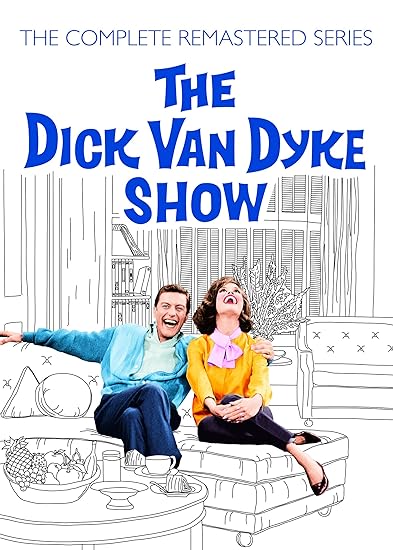Paul D G
Screenwriter
- Joined
- Dec 25, 2001
- Messages
- 1,914
I'm really looking forward to the Dick Van Dyke Show (DVDS) episodes. Last year they did Andy Griffith and it sort of turned my then 11 year old into a fan. I've caught him watching it a few times on his own.
I really wish DVDS was airing now. I loved this show when it was airing in the 80s and I know it's something my kids would enjoy. They already love I Love Lucy.
While I roll my eyes on the colorization, it ultimately isn't going to take away from my enjoyment of watching these.
And thanks for the heads up on the football overrun. I wouldn't have considered this.
I really wish DVDS was airing now. I loved this show when it was airing in the 80s and I know it's something my kids would enjoy. They already love I Love Lucy.
While I roll my eyes on the colorization, it ultimately isn't going to take away from my enjoyment of watching these.
And thanks for the heads up on the football overrun. I wouldn't have considered this.






